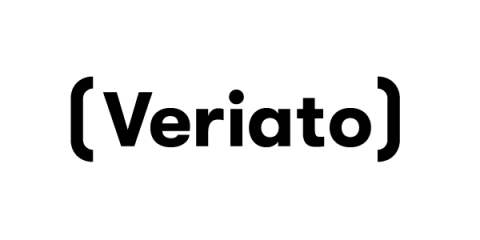Investigating a Colleague: The Reality of Insider Threats
What happens when a security breach involves someone you trust? In cybersecurity, investigating a co-worker or even a friend can be a harsh reality. Discover how to stay objective, remove emotion, and focus on the facts when handling insider threats.










